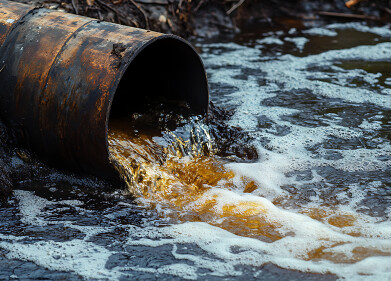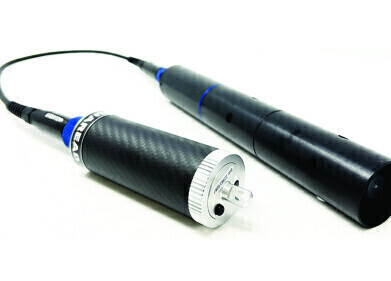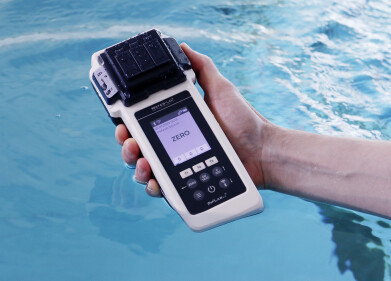Water/Wastewater
What Is the Gulf of Mexico's 'Dead Zone'?
Jul 12 2019
There is an area of marine habitat in the Gulf of Mexico known as the ‘dead zone’, so named for the mass die-off of local flora and fauna which occurs every spring. Why does this happen? The dead zone’s proximity to the delta of the Mississippi River where it joins the Atlantic Ocean is the most likely cause, since the river transports high levels of nutrients in the form of agricultural run-off.
This year, the high frequency and intensity of storms in the US are expected to have carried a larger concentration of fertilisers into the Mississippi than normal. As a result, scientists are predicting that this year’s dead zone will expand to over 8,700 square miles in size, outstripping all previous dead zones for 30 years running.
“This may be the second largest on record or even the largest,” explained Nancy Rabalais of the LSU Department of Oceanography and Coastal Services, who is conducting a study on the development of the dead zone this year. “The river is still in flood and the nitrogen concentrations are going up. The two multiplied together to provide the nitrogen load.”
Too much of a good thing
Spanning almost the entire length of the US, the Mississippi River absorbs as much as 41% of all the inland waterways that eventually disembogue into the Gulf of Mexico. Along the way, the river picks up unnaturally high levels of phosphorous and nitrogen contained in agricultural fertilisers, causing unhealthy growth of certain life forms in the dead zone.
The process is known as eutrophication and fuels phytoplankton stimulation and algal blooms, including the highly dangerous blue green algae. This algae can block out sunlight and prevent other plant organisms from achieving photosynthesis, limiting their growth. Even worse still, once the algae dies, it falls to the bottom of the seabed and uses up precious oxygen in the process of decomposition, depriving other animals of the air they need to breathe.
For many species, this simply forces them to move their habitat to another, more oxygenated region. But for those unable to do so, such as crustaceans, shrimp and smaller fish. With both outcomes, the region becomes starved of life, resulting in the moniker of dead zone.
Preventing cause and effect
The effect of this eutrophication is not only devastating for local eco-systems, but can also spell grave news for both the economy and human health. Given that the Gulf of Mexico is plundered by commercial fishing operations for its rich abundance of sea life, it has a serious impact on local business. Meanwhile, its knock-on effect on the food chain results in reduced biodiversity and poorer eating options for those at the very top of the pyramid.
Since all of this stems from the contamination that leaches into rivers and waterways, it makes sense to try and address the problem at its root cause. Of course, fertilisers are a necessary component of feeding the world’s ever-growing population, and the acceleration of climate change suggests that extreme weather phenomena are only likely to become more commonplace in the future.
However, this doesn’t mean that continued growth of the dead zone is a foregone conclusion. High resolution monitoring is essential for river conservation, which could in turn prevent these excessive levels of nitrogen and phosphorous from reaching the Gulf of Mexico in the first place. In any case, it’s clear that something must be done if the dead zone is to be prevented from claiming more and more victims in the years ahead.
Digital Edition
AET 28.3 September 2024
September 2024
Business News - ENVEA announces acquisition of APAQ Group - SICK and Endress+Hauser sign strategic partnership - Efforts to curb gas flaring intensify amid environmental concerns Air Monito...
View all digital editions
Events
Nov 06 2024 Ho Chi Minh City, Vietnam
Nov 12 2024 Tel Aviv, Israel
Nov 12 2024 Valencia, Spain
Nov 12 2024 Singapore
Plastics Recycling World Expo North America
Nov 13 2024 Cleveland, OH, USA



















